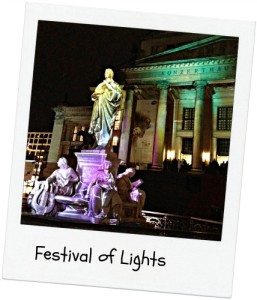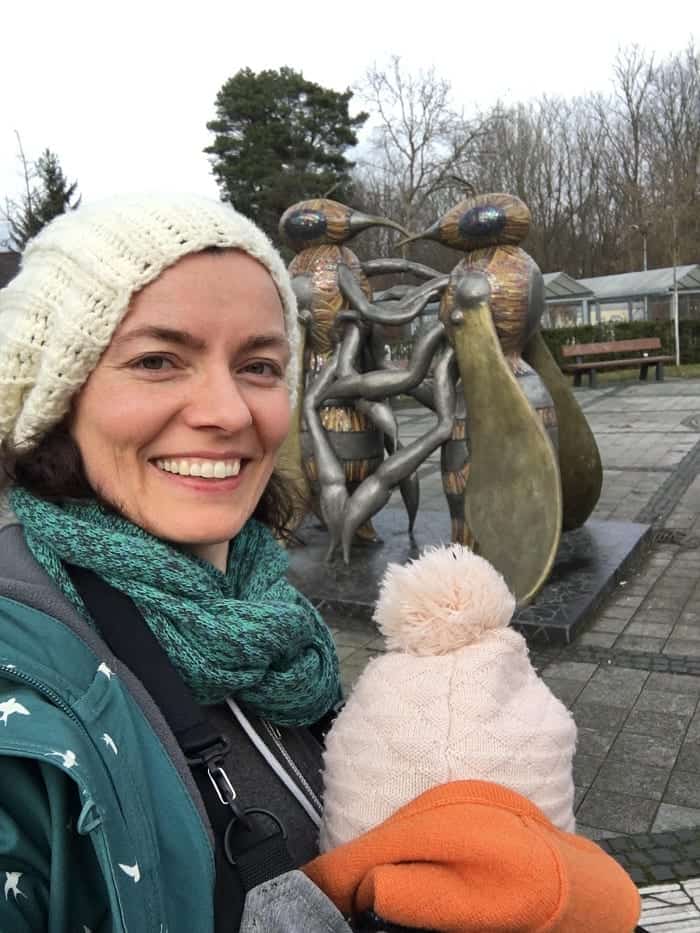In Berlin Mitte, what was formerly called the “Friedrichstadt”- close to the station Bahnhof Friedrichstraße- you’ll find a beautiful square, the Gendarmenmarkt. The square features a concert hall and two large cathedrals. Throughout the year, there are markets and cafes to enjoy, street music and free concerts going on. You might just want to stroll around and take some great photos. Gendarmenmarkt is named after the stables of the “Corps des gens d’armes”, a cavalry regiment of Frederick William I, which were located on the site. His son, Frederick II, had the stables removed later.
Today, the square is one of the most visited places in Berlin. The area has been reconstructed in the 1990s to an upscale shopping neighborhood with a French department store (Galéries Lafayettes) just around the corner from the Gendarmenmarkt. Every December, the Gendarmenmarkt Christmas market takes place there and the annual Festival of Lights gives a particular beautiful flair to the area. Checkpoint Charlie, the famous American checkpoint is in walking distance, and so is the Brandenburg Gate. Don’t miss out on visiting this famous spot of architecture and history, you will surely say: “This is the most beautiful square in Berlin”.
How to get to Gendarmenmarkt
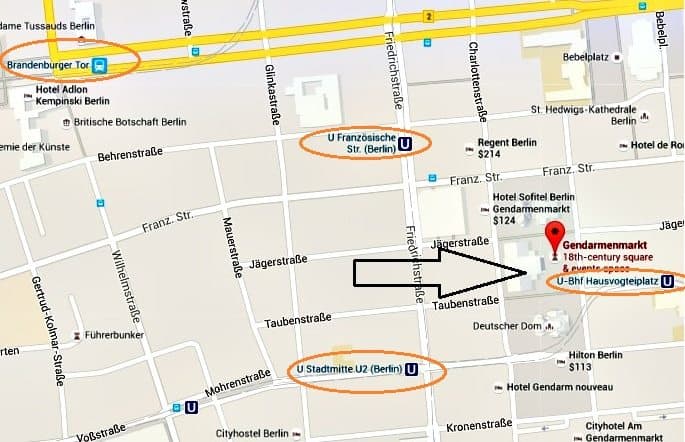
click map to enlarge.
Things to Do near Gendarmenmarkt

Gendarmenmarkt
The German dome hosts different type of exhibitions each year. Entrance is usually FREE and a short introduction tour is offered every hour and there are audio guides available (English tours can be requested as well). The current exhibition "Wege, Irrwege, Umwege" is about the German parliamentary system. The exhibition is open Tue-Sun 10-6pm. The French Cathedral hosts the Huguenot Museum in its basement, which displays books, paintings, and engravings. Entrance is 2EUR, and it's open Tue-Sat 12-5pm.

Gendarmenmarkt
For only 3 EUR (children 1EUR) you can climb up the 254 steps to the viewing platform on top of the French Cathedral. It's a great way to see the Gendarmenmarkt from a bird perspective. Unless there is a wedding going on, you can climb up daily from 12-4pm (Jan-Feb.) and 10-6pm (Mar-Dec.).
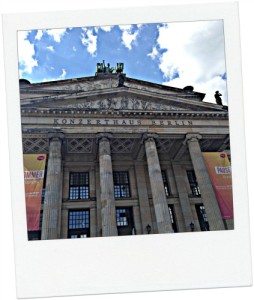
Konzerthaus, Gendarmenmarkt
Right in the middle of Gendarmenmarkt is the concert hall which hosts classical concerts. Depending on which type of concert you like to go to, tickets range between 13-35 EUR. A couple times a year, the orchestra invites people to a training concert (öffentliche Probe) for 5 EUR only. On Saturdays, you can also book a tour through the concert hall for only 4EUR (tours are usually in German - inquire about foreign language tours).
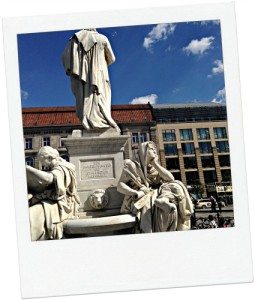
Gendarmenmarkt
This monument situated right in the center of the Gendarmenmarkt honors German poet and philospher Friedrich Schiller. There are four female allegories portrayed around the basin: history (look for the book), lyric poetry (look for the harp), philosophy (search for the thinker), and tragedy (look for the tight fist and grim face).
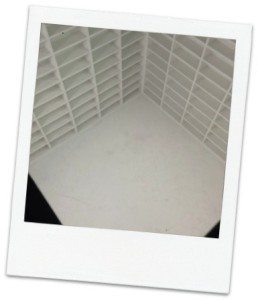
Bebelplatz
A short walk northeast of Gendarmenmarkt is the Bebelplatz, a big square right opposite of Humboldt University which shelters the memorial of the Nazi book burning that took place on the square in 1933. You won't find a statue or anything coming to sight from afar, but instead the memorial is an underground library with empty book shelves, which can be seen through a glass window - it's better visible when it's lit at night.
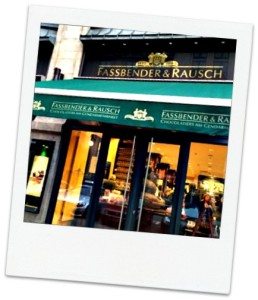
Charlottenstr. 60
Whether you feel like having a hot chocolate with orange on a cold day, or a piece of pastry and pie with coffee, or whether you are just looking to stock up your fancy chocolate supply, this chocolate store is popular among Berliners and visitors alike. Their chocolate sculptures of iconic Berlin monuments have been photographed by many guests. This chocolate house has a sit-down cafe upstairs and the chocolate shop downstairs. It's located right next to Gendarmenmarkt on the German dome side.
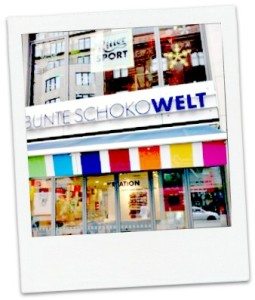
Französische Strasse 24
A little less fancy, but still iconic and delicious is the German chocolate store Ritter Sport Bunte Schokoladenwelt. The colourful squares are a little better known worldwide and make a great gift to bring home. The store has a cafe as well, and it is located on the other side of Gendarmenmarkt near the French cathedral.
More about the Gendarmenmarkt
The Friedrichstadt was founded in 1688 as an independent suburb of Berlin and was incorporated in the city in 1710. It was the elector Frederick III, who in 1701 became King Frederick I of Prussia, who ordered this new town to be built. It had a grid plan similar to Manhattan: rectangular blocks, the so-called “Karrees”. The Gendarmenmarkt has the size of three of these blocks and in the beginning it was used as a market. When you stand in the square, everything is symmetrical: Two churches with identical towers left and right, a symmetric neo-classical concert hall in the middle and a statue of the German poet and playwright Friedrich Schiller right in the center of the space in front of the hall.
Market and Stables
In the 17th and 18th century, the Gendarmenmarkt was a market place for the town and later district of Berlin, the Friedrichstadt. In 1736, King Frederick William I had the stables for his cavalry regiment “Corps des gens d’armes” on the square. In the streets around were residents of high government officials and office buildings of the royal administration. His son, Frederick II who was at odds with his father, had the stables demolished in 1773. The architect Georg Christian Unger presented plans for uniform three-story-buildings around the square.
Two Cathedrals
The two churches are referred to as “cathedrals”, even though they are neither large nor important. King Frederick I assigned two congregations a site for a new church each. Both were built in 1701. The German Lutheran church is the “German Cathedral”, today a museum of parliamentarianism. The Friedrichstadt was home to immigrants from France: the Huguenots. They were Protestants (Calvinists) and hadn’t been allowed religious freedom since 1686 in France. They immigrated to many European counties and were invited to live in Prussia and Berlin by the Prussian monarchs. On the Gendarmenmarkt they built their church, the French Dome. The Huguenots had kept to their French traditions and language for a long time, so the service was in French. The French Cathedral still has Protestant services in French. In the building is also a museum about the Huguenots. The two identical domed towers were built in the years 1780-1785; the architect Carl von Gontard was a Huguenot himself.
Theater and Concert Hall
After the demolition of the stables, Frederick II ordered a theater for French plays built on the site. The king didn’t like the German language, he even wrote an essay on how bad German literature was – in French. So, in his theater, German plays were performed in French translation. The building we admire today is the third theater on the site, built between 1818 and 1821 by Karl Friedrich Schinkel, the famous neo-classical architect of Berlin. Damaged heavily in World War II, the building was restored between 1979 and 1984 and changed to a Concert Hall. This happened in the German Democratic Republic (GDR), the socialist German state. In 1859, the monument for the poet and playwright Friedrich Schiller was added at the occasion of his 100th birthday.
In 1847, there was a rebellion against high grocery prices on the Gendarmenmarkt. The year of 1848 was the year of the “failed German revolution” in most of the many states in Germany. The victims of the fights between the people and the soldiers in Berlin were laid on the steps of the German Cathedral. King Frederick William IV felt obliged to honor them, in order to calm the situation. Under the Nazi-Regime, the Gendarmenmarkt was used for propaganda, e.g. public admittance ceremonies of young boys to the Hitler Youth. In 1946, when the buildings on and around the square lay still in ruins, the Alexandrov Ensemble, the official choir and orchestra of the Soviet Armed Forces, performed on the Gendarmenmarkt. On October 2nd, 1990, the eve of the German reunification, the last official ceremony of the then democratic GDR took place on the square as well.
Check out our self-guided Berlin Mitte East tour.
+++On our Berlin-in-a-day-Walking Tour we’ll stop by the Gendarmenmarkt.+++




